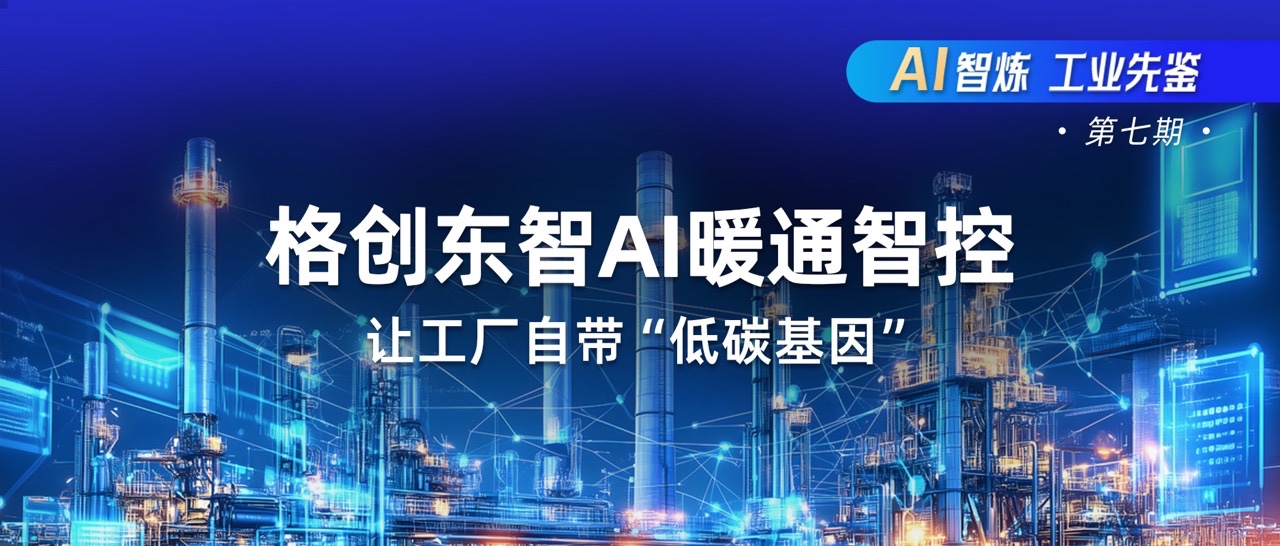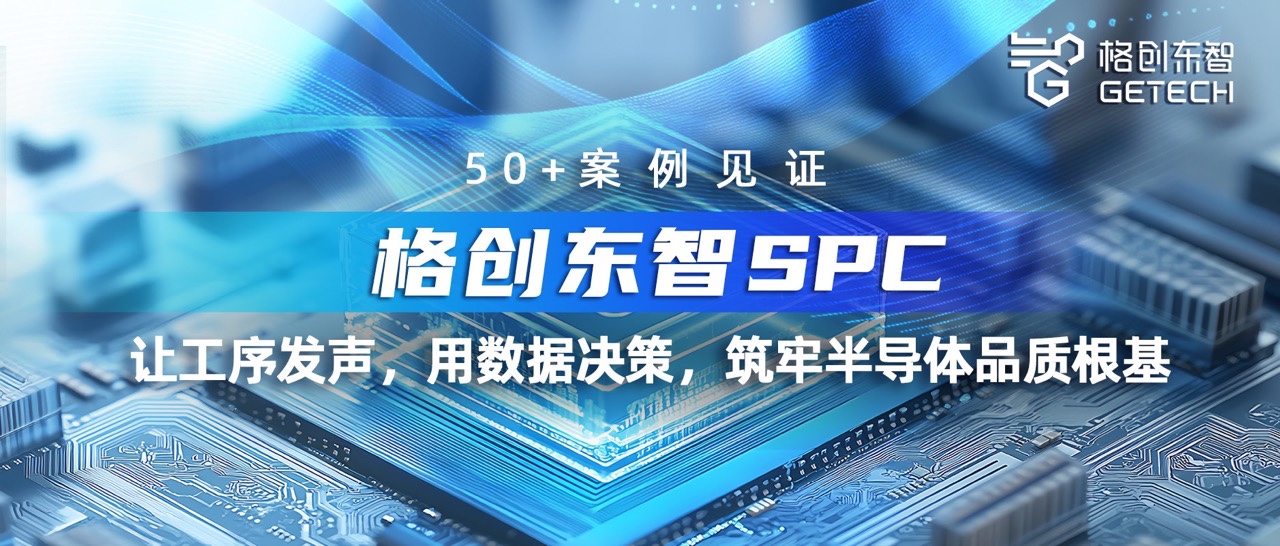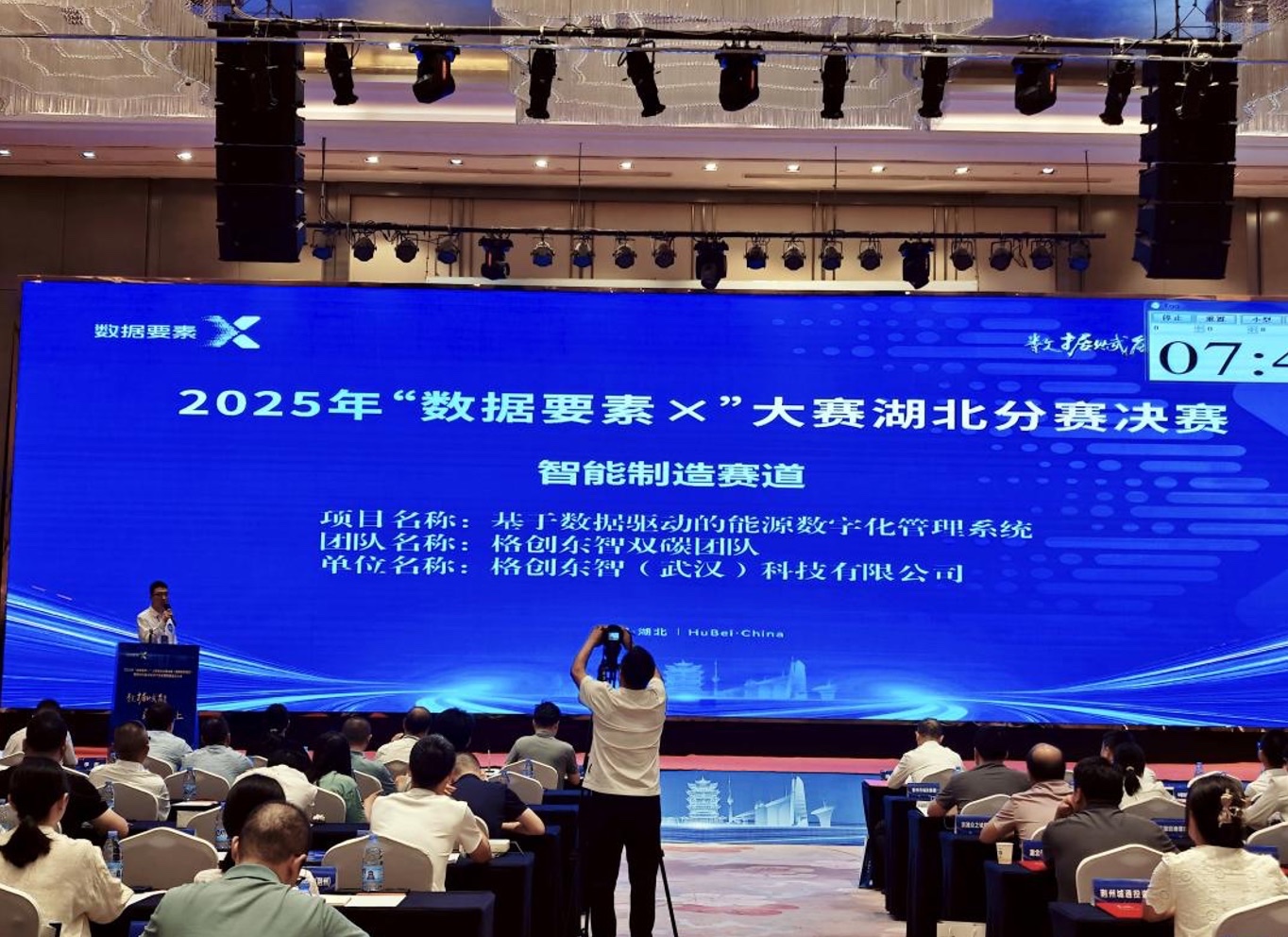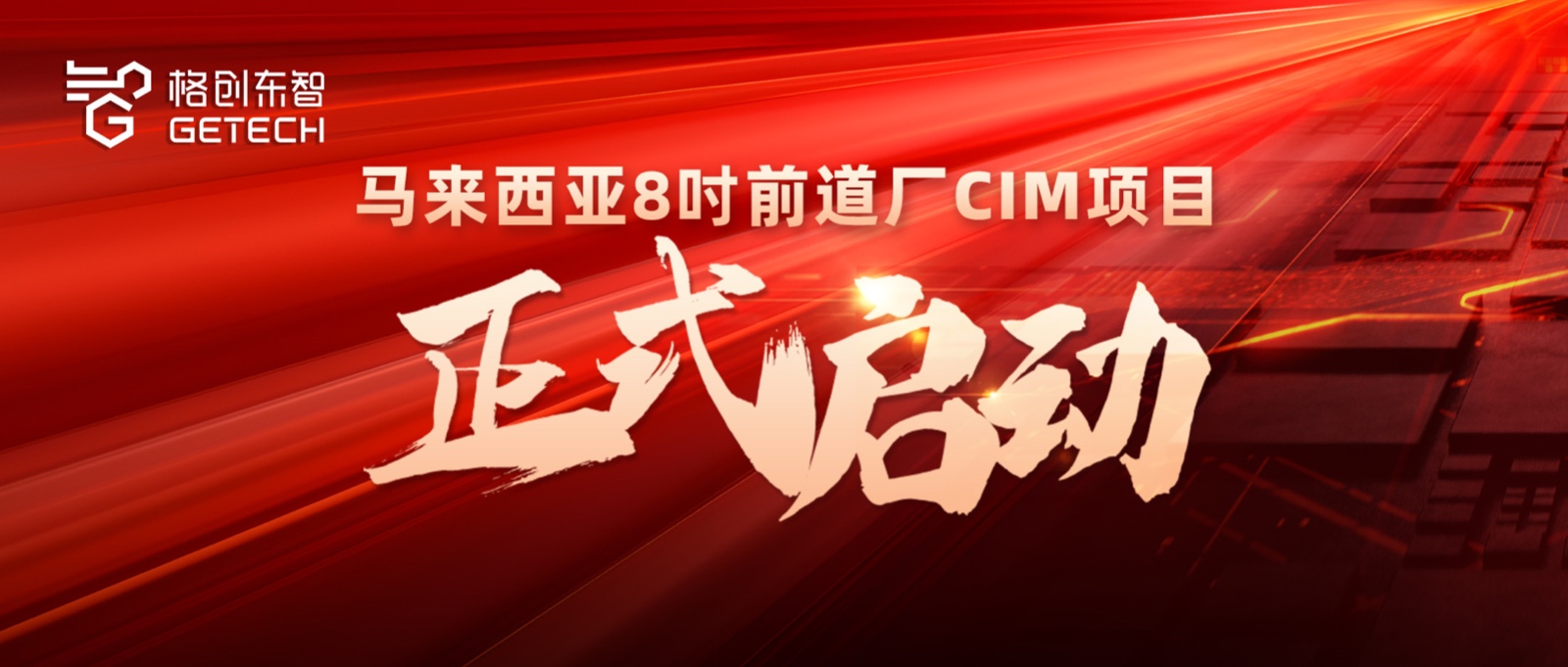"Brain Replacement Rebirth" Surpassing World-Class, Exploring China's First Autonomous and Controllable Semiconductor Display Smart Factory
Suzhou Huaxing Optoelectronics Technology Co., Ltd. (hereinafter referred to as Suzhou Huaxing) is a global leader in the semiconductor display field, formerly the Samsung Display Suzhou factory. After acquisition by Chinese capital, it is now a wholly-owned subsidiary of TCL Huaxing. On September 23, 2022, with the successful completion of its full-stack CIM (Computer Integrated Manufacturing) system domestic substitution project, the first semiconductor display smart factory fully deploying a self-developed CIM system was born, marking a new level in Suzhou Huaxing's intelligent manufacturing capabilities.
Rewind to two years ago. In August 2020, TCL Huaxing Optoelectronics Technology Co., Ltd. partnered with Suzhou Industrial Park State-owned Capital Investment and Operation Holding Co., Ltd. to jointly acquire the Samsung Display Suzhou factory, which boasts world-class manufacturing standards. Post-acquisition, Suzhou Huaxing primarily produces, processes, and sells 32-inch to 65-inch ultra-high-definition, curved, narrow-bezel medium to large-sized high-end liquid crystal display (TFT-LCD) panels and module products, continuously enhancing TCL's and China's competitiveness in the medium to large-sized display business sector.
To maintain competitive advantage in domestic and international markets, the transformed Suzhou Huaxing needed to further improve new product launch efficiency, enhance product quality, and reduce production costs. These upgrade demands increasingly required higher intelligent manufacturing standards, with the CIM system, known as the "life-level software of semiconductor smart factories," being最关键 (most critical) to production. CIM is an intelligent process where platforms handle information collection, analysis, decision-making, secondary analysis, predictive analytics via big data models, and providing decision recommendations, all completed by the system, enhancing production efficiency through automation, integration, and systematization of manufacturing.
However, like many advanced manufacturing factories in China, constrained by the high cost, inefficient service, and outdated technical frameworks of foreign software, Suzhou Huaxing's CIM system update and iteration pace lagged far behind enterprise development and market changes.
For Suzhou Huaxing, possessing a self-developed CIM system comparable to world-class ones was essential to support新一轮 (a new round of) development and expansion. Against this backdrop, GETECH, a leading domestic technology company in manufacturing digital transformation under TCL, joined forces with Suzhou Huaxing to tackle this challenge.
Lane Change Overtaking, Autonomous Control Brings Competitive Advantage
Semiconductor CIM systems cover three major areas: equipment management, production management, and quality management, including over 30 core systems and上百 (hundreds of) subsystems. Industry insiders note that CIM systems require validation in actual factory environments, and given the extreme complexity of semiconductor processes involving thousands of devices and hundreds of工序 (process steps), the intelligence and algorithmic capabilities of control systems are highly demanding, leading to slow progress in domestic R&D in this field.
Facing these challenges, Suzhou Huaxing and GETECH leveraged their respective strengths—Suzhou Huaxing with deep knowledge and extensive experience in semiconductor manufacturing, and GETECH, recognized as a national cross-industry industrial internet platform by the Ministry of Industry and Information Technology, with mature industrial software development capabilities, particularly深厚 (deep)积累 (accumulation) in semiconductor CIM.
The jointly developed new CIM system not only met the standards of the imported system it replaced but also performed better in several advanced functions after launch, fully satisfying production management and operational needs.
"The new CIM system has brought the factory's automation rate to the domestic顶尖 (top) level, completely eliminating reliance on foreign software systems. With full autonomous control of the CIM system, the technical framework is more advanced, and system upgrades and iterations have become more efficient, strongly supporting Suzhou Huaxing's capacity expansion and digital transformation. Significant benefits are evident in manufacturing cycle times, delivery cycles, and yield rates, and we expect同步 (simultaneous) improvement in comprehensive per capita output and reduction in production costs, making our products more globally competitive," said Ju Xia, General Manager of Suzhou Huaxing.
Taking quality optimization, a key focus in semiconductor manufacturing, as an example, the factory can perform more intelligent analysis of defect causes during production through production data, effectively addressing the pain point of traditional manual经验 (experience-based) judgment, improving product quality, and optimizing the input-output process.
In terms of flexible manufacturing, Suzhou Huaxing can produce customized products in batches on demand, quickly responding to demand fluctuations through real-time data sharing, precisely controlling output, and thereby reducing operational costs. Additionally, through workshop planning upgrades and renovations, equipment stress ranges have expanded, product forms have diversified, better suited for future multi-variety, small-batch customer orders.
Global Innovation, Seamless 'Brain Replacement Surgery' Switch
Beyond overcoming the mountain of R&D, the process of switching to the new CIM system also involved tackling numerous challenges.
During常规 (conventional) factory construction periods, with initially low capacity, there is typically a 3-month transition after CIM system launch to gradually improve system completeness and stability. However, Suzhou Huaxing had zero transition time between old and new systems—needing to complete the new system launch while maintaining full production, achieving a seamless 'brain replacement,' which greatly tested the delivery team's multi-project management capabilities.
"We had to successfully switch over 30 core systems at once; otherwise, product data could混乱 (become chaotic), equipment could fail to operate, and the entire factory could瘫痪 (paralyze), requiring at least 80 hours for full recovery even with backups. The factory's daily operating costs amount to millions, and even a one-day shutdown would result in significant losses. To overcome these challenges, we had to thoroughly and deeply understand business scenarios, develop flexible and practical technical solutions, and manage the project with精细 (precision)," said Qu Jiehua, IT负责人 (head) of GETECH's delivery team.
Over two years, the replacement of old and new systems proceeded steadily and solidly. Hundreds of processes, thousands of business workflows, and tens of thousands of system functions, from twin construction to virtual reality validation, extensive business scenario simulations, and large-scale production validation... Through the long and complex deployment and implementation process, the Suzhou Huaxing and GETECH project teams ultimately achieved zero failures in switching over a hundred systems, with the new system supporting full production immediately upon launch.
In April 2021, Suzhou Huaxing and GETECH completed the handover of hundreds of MIS basic IT systems; on March 31, 2022, the MES system switch for the m10 module factory was completed, achieving immediate full production post-switch; on September 23, 2022, the MES system switch for the t10 fab factory was completed, marking the successful conclusion of the two-year domestic CIM system substitution project.
"The new CIM system has complete intellectual property rights and full-chain technical capabilities, enabling autonomous and controllable upgrades and iterations. The collaborative R&D model between manufacturing enterprises and software companies has paved a successful path for the leapfrog development of domestic software. The successful experience of seamless switching demonstrates a new model for smart factory transformation and upgrading. This is something we are proud of and marks that Chinese enterprises' self-developed capabilities and project management skills have reached a high level," said He Jun, CEO of GETECH.
Catching Up to Lighthouse, Striving to Be China's Digital Navigation 'Vanguard'
Recently, the Ministry of Industry and Information Technology issued the "Notice on Organizing the Application for the 2022 New Generation Information Technology and Manufacturing Integration Development Pilot Demonstration,"首次 (for the first time) proposing to create China's own lighthouse factories—the "Digital Navigation" enterprise direction. "Digital Navigation" enterprises will focus on全要素 (all-factor),全流程 (full-process),全生态 (full-ecosystem) digital transformation, serving as industry transformation benchmarks with strong technical capabilities, optimal business models, innovative management concepts, and high quality and efficiency, exploring new paths for manufacturing digital transformation.
"Starting from a series of core production software including equipment control layer software, manufacturing execution layer software, and quality control layer software, Suzhou Huaxing has integrated production management system information, achieving closed-loop management of全业务 (all business) processes such as dynamic resource control, lean production optimization, intelligent online inspection, dynamic equipment management, and precise quality traceability. It has彻底 (thoroughly) integrated traditionally isolated systems into one set, highly representative in the factory's digital transformation process. Whether in terms of business value, innovation value, or technical capability, it is comparable to or even surpasses lighthouse factories, demonstrating successful experience in factory digital transformation," said Dr. Ding Xianfeng, Co-Chair of the SEMI Information Control Standards Committee China Branch and expert in semiconductor intelligent manufacturing.
The completion of Suzhou Huaxing's self-developed smart factory system not only helps achieve intelligent production and enhance competitiveness to face unknown challenges but also opens a new示范 (demonstration) path for China's manufacturing digital and intelligent upgrade, providing a benchmark case for expanding, strengthening, and optimizing digital factories, becoming an industry智慧 (wisdom) force promoting high-quality manufacturing development.
To learn more about product/solution details, welcome to inquire via phone/WeChat: 400-600-2869. |





